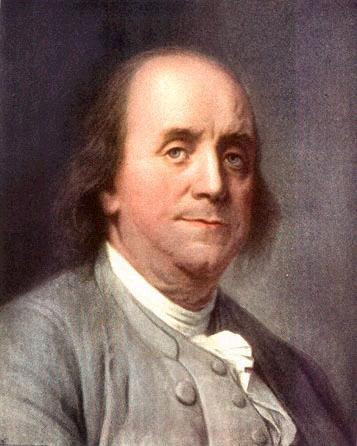


|
Throughout mankind, we have tried to explain the things we see around us. This is probably what sets us apart from the apes more than anything else. While other animals are simply content with the fact that a rock is a rock and a tree is a tree, we as humans must investigate and find out WHY a tree grows, and HOW was this rock formed? At first, man broke things down into various groups. Along the way someone found they could be broken down into 3 groups: Animal, Vegetable, and Mineral. This worked fine for monkeys, which were animal, and trees which were vegetable. Rocks of course must be mineral. But what is coal? It used to be a vegetable until it was compressed over time. Now it is a mineral? Another way of classifying things was found: Solids, Liquids and Gases. This was clearly easy to define. All substances could be simply looked at, and determined whether it was a solid or not. Ice is a solid. Water is a liquid. Steam would be considered a gas. So what then is sunlight? What is magnetism? What is electricity?  Benjamin Franklin concluded from his many experiments, that
electricity had certain properties, such as pressure, current. He
further concluded that its movement was predictable, like the pouring
of water from one glass to another. From his conclusions, it was
conventionally assumed that while we might not be able to SEE
electricity at work, we could see its effects. And electricity, like unto
water, acted like a fluid in every sense of the word.
Benjamin Franklin concluded from his many experiments, that
electricity had certain properties, such as pressure, current. He
further concluded that its movement was predictable, like the pouring
of water from one glass to another. From his conclusions, it was
conventionally assumed that while we might not be able to SEE
electricity at work, we could see its effects. And electricity, like unto
water, acted like a fluid in every sense of the word.
So again we pose the question, "What is MATTER?" And we answer the question as follows: Matter is the stuff around us. Scientifically we define matter as all the "material" things about us. Matter includes all natural and man-made structures, liquids, metals, gases, etc.; in other words, everything that has weight and occupies space. All matter then takes up space. And anything that takes up space can be broken down into smaller pieces. A solid block of wood may be cut into smaller pieces until it is toothpicks, splinters, even sawdust. A gallon of water can be broken down into quarts, cups, even drops. But there comes a point where it can be broken down no longer and still retain its basic properties. In other words, there is a point where water can get no smaller, and still be water. That point is called the MOLECULE. |
| (On The Following Indicator... PURPLE will indicate your current location) | ||||||||||||||||||||||||
| 1 | 2 | 3 | 4 | 5 | 6 | 7 | 8 | 9 | 10 | 11 | 12 | 13 | 14 | 15 | 16 | 17 | 18 | 19 | 20 | 21 | 22 | 23 | 24 | 25 |
| 26 | 27 | 28 | 29 | 30 | 31 | 32 | 33 | 34 | 35 | 36 | 37 | 38 | 39 | 40 | 41 | 42 | 43 | 44 | 45 | 46 | 47 | 48 | 49 | 50 |
| 51 | 52 | 53 | 54 | 55 | 56 | 57 | 58 | 59 | 60 | 61 | 62 | 63 | 64 | 65 | 66 | 67 | 68 | 69 | 70 | 71 | 72 | 73 | 74 | 75 |
| Otherwise - please click to visit an advertiser so they know you saw their ad! |
